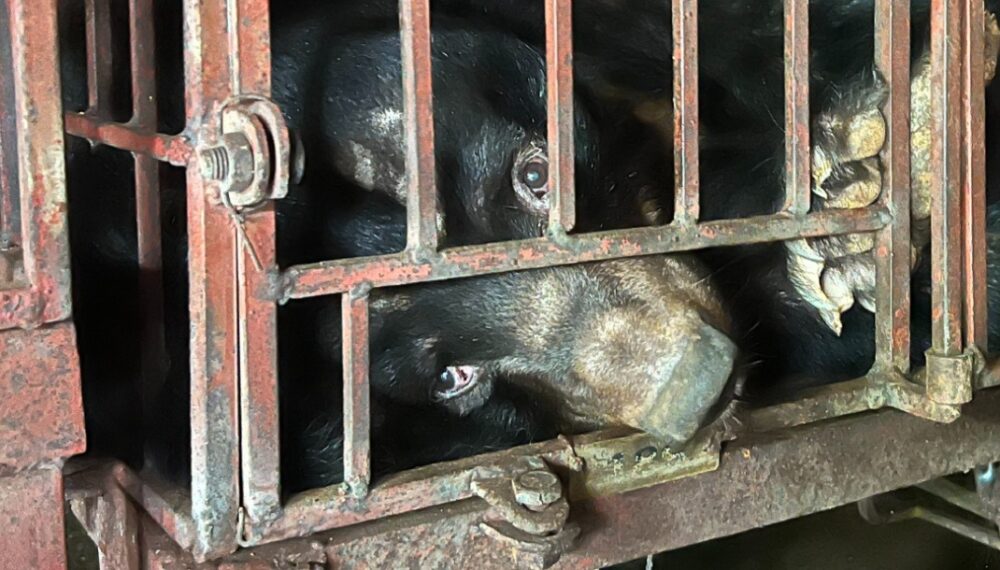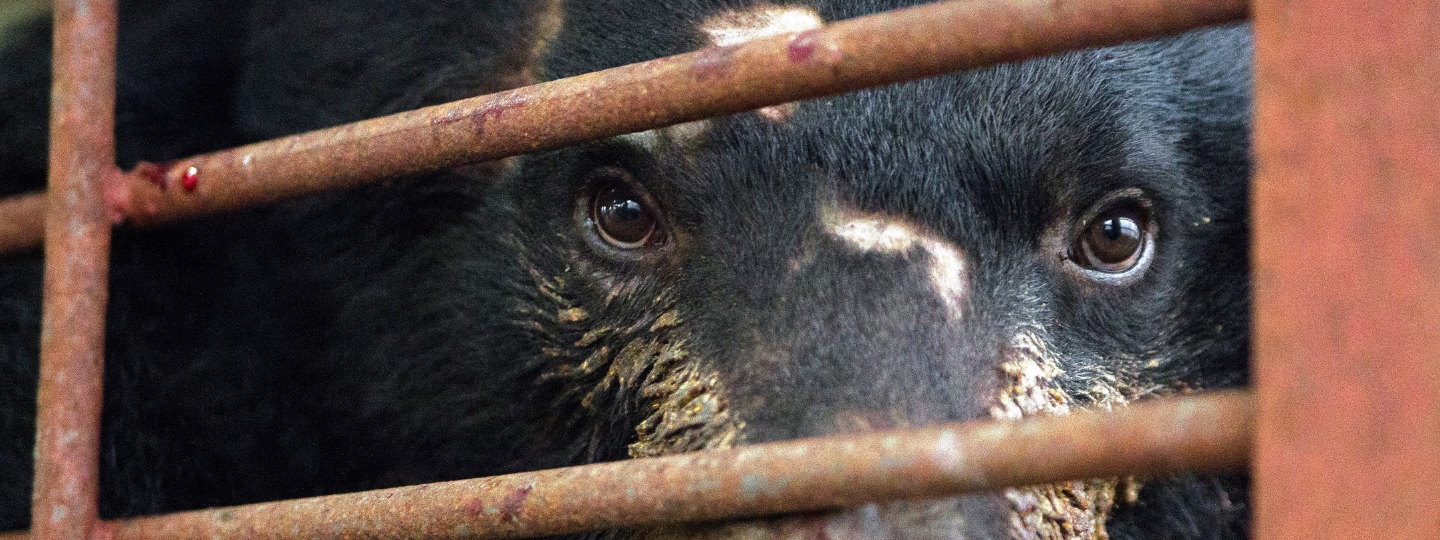
Key issues
The unseen suffering of animals in Asia
Across the world, animals are suffering – and Asia is no exception.
While many people and local organisations care deeply for animals and inspire transformative change, certain traditional practices and industries continue to cause immense harm.
In parts of Asia, some animals are still used in medicine, sold in brutal meat markets, or kept in poor conditions for entertainment.
Others are taken from the wild or the streets and denied the chance to live naturally and safely. These issues are complex, often rooted in history, poverty or lack of awareness.
Animals Asia works hand-in-hand with governments, local communities and grassroots groups to address the most urgent forms of animal suffering:
-
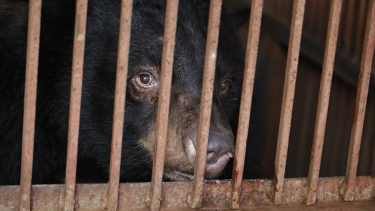
Bear bile farming
Bear-bile farming traps more than 10,000 bears in lifelong cruelty. We’re working to end it - and give bears a chance to heal.
-
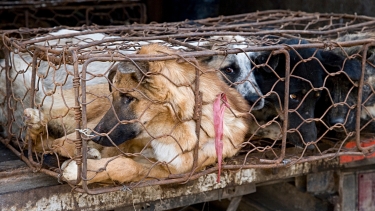
Cat and dog meat trade
Across Asia, cats and dogs are stolen, trafficked and killed for meat – causing immense suffering and public concern.
-
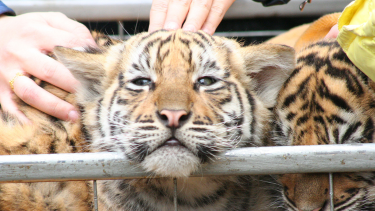
Wildlife tourism
Wildlife tourism often hides cruelty. Learn how to make kind, ethical choices when you travel in Asia.
-

Animals in entertainment
Many wild animals in Asia are beaten, isolated and forced to perform in circuses and shows. Learn how to help end this cruelty.
-
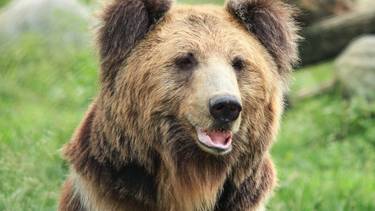
Travel responsibly
How to travel ethically, avoid cruelty and protect wild animals on your next holiday.
-
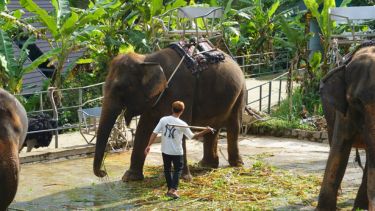
Elephant riding tourism and elephant camps
Elephant riding causes lifelong suffering. Learn the truth behind tourist camps and how to travel ethically.
Help us put an end to animal cruelty
Animals are being captured and exploited every day. Animals Asia has helped thousands, but there is always another animal in need of our help. Please donate today.
Donate now